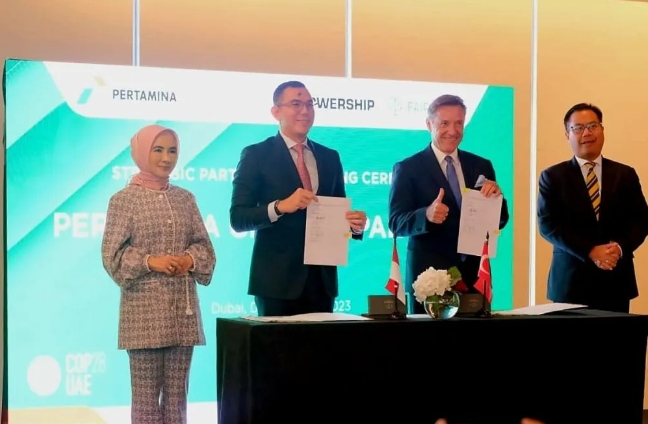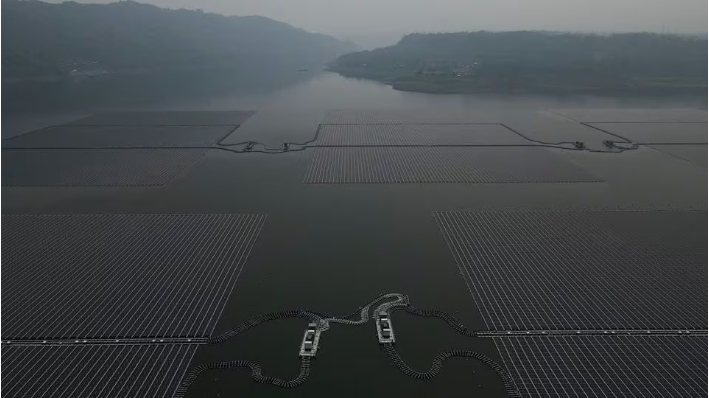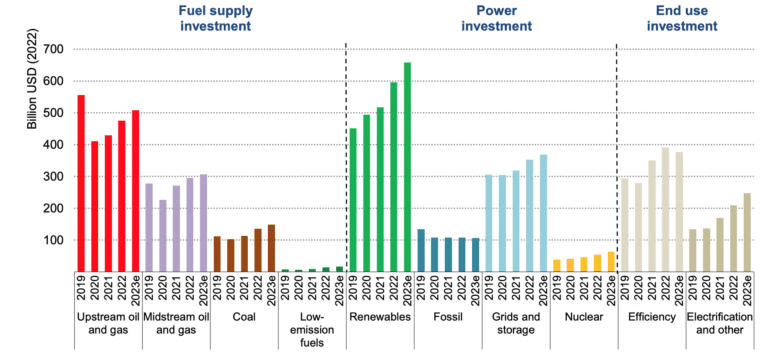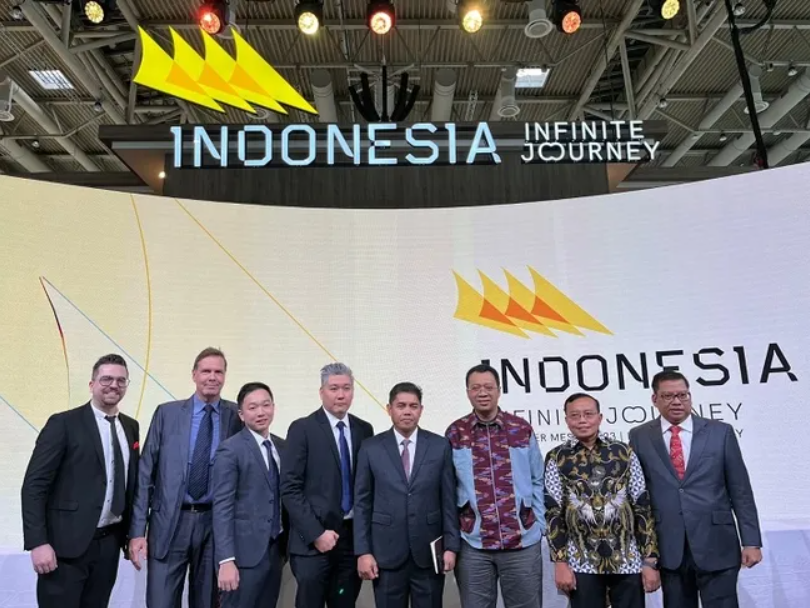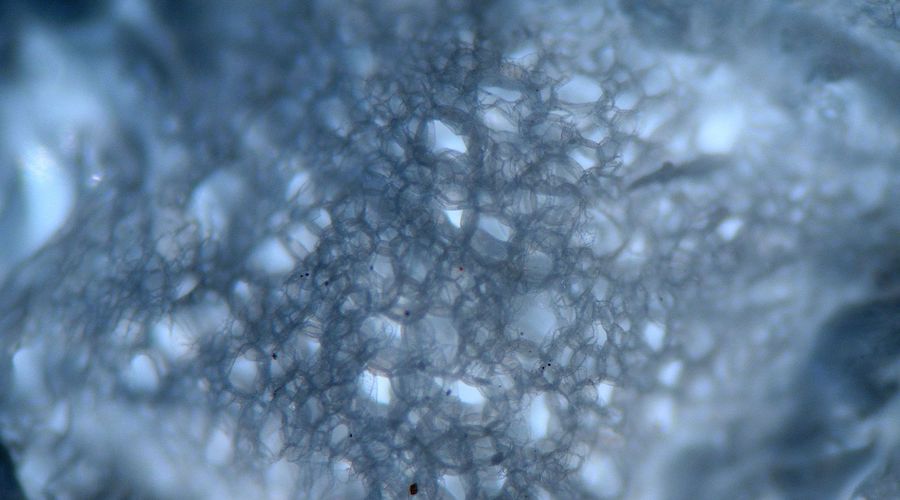
Researchers at Shantou University and the Beijing Institute of Technology have developed a new nickel-based foam aimed at alleviating the shuttle effect, volume expansion, and other issues plaguing lithium-sulphur batteries.
“The booming progress of electric vehicles demands next-generation energy storage technologies with high energy density, low cost, and longevity,” Fushen Lu, senior author of the study that presents the solution, said in a media statement.SIGN UP FOR THE BATTERY METALS DIGEST
SIGN UP“Lithium-sulphur batteries are identified as a promising energy storage system because of their ultrahigh energy density and large theoretical capacity. However, they are limited by the poor electronic conductivity of sulphur, volume changes of the cathode, and shuttle effect.”
Lu explained that the conversion of polysulfides is a complicated multiphase transformation during the charge-discharge period. The dissolvable lithium polysulphides (LiPSs) diffuse through the porous separator to the negative electrode and react with Li metal to form non-dissolvable Li, causing a “shuttle effect” and leading to a deteriorative discharge capacity and cycling performance. This is one of the main defects seriously hindering the large-scale commercial applications of Li-S batteries.
Efficient cathodes
“Currently, the obstacles of Li-S batteries are mainly overcome through the design of electrodes and electrolytes,” Lu said. “To enlarge the absorption capacity of lithium polysulphides and enhance the generation of active sulphur during the charge-discharge period, the electrodes are always composed of the porous interlayer with high catalytic activity.”
According to Lu, some metal oxide nanoparticles or organic-inorganic hybrids have been employed to anchor lithium polysulphides and boost their absorption and conversion. However, these materials perform sluggish redox kinetics of the high-sulphur-loading Li-S battery because they accumulate in the interlayers.
In his view, to obtain an efficient cathode, the combination of carbon materials and inorganic functional material seems a viable strategy. Yet, the catalytic compositions are usually covered by an intermediate layer, which decreases the conversion of polysulphides, resulting in the final failure to achieve the synergistic effect of the two functions.
“In past years, lots of effort has been devoted to the cathodes of lithium-sulphur batteries with excellent chemical adsorption of polysulphides and high catalytic efficiency. It is still an urgent issue to find a feasible strategy to integrate multiple respective functions to accelerate the conversion of the polysulphides,” Lu said.
Nickel foam
The researcher said his proposal consists of growing 3D HsGDY or hydrogen substituted graphdiyne, a new carbon allotrope with planar structure and unique properties, layers on nickel foam via Glaser cross-coupling reaction to anchor MoS2/Ni3S2, enhancing the conductivity of sulphur-hosting material.
“The 3D HsGDY framework enables the fast adsorption of lithium polysulphides and the Ni3S2/MoS2 performs as the reaction centre with a low charge transfer resistance,” he said.
Lu concluded that his nickel-3D HsGDY-based electrodes exhibit high performance in lithium-sulphur batteries, with large specific capacity and long-term stability at high current densities.
The incorporation of HsGDY into the cathode, thus, can promote the absorption and conversion of lithium polysulfide in the electrolyte, providing new ideas for obtaining high-energy-density lithium-sulfur batteries.
“Lithium-ion batteries have been commercialized for decades. Their energy density has marginally increased in the past few years, though a considerable amount of research efforts have been spent,” Lu said. “The research of HsGDY-containing Li-S battery is still in its infancy and significant investigations are still required to realize the practical applications.”
